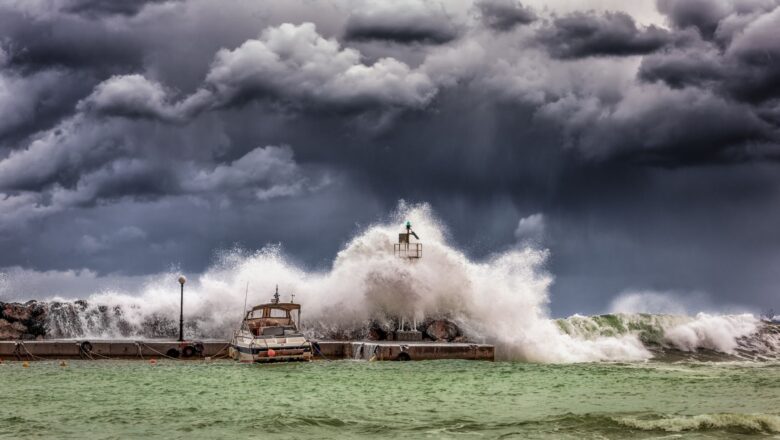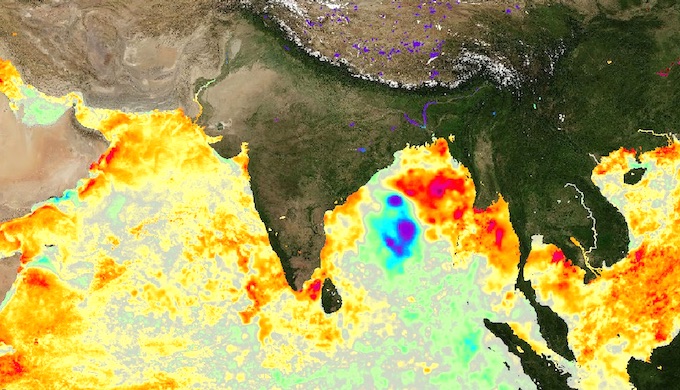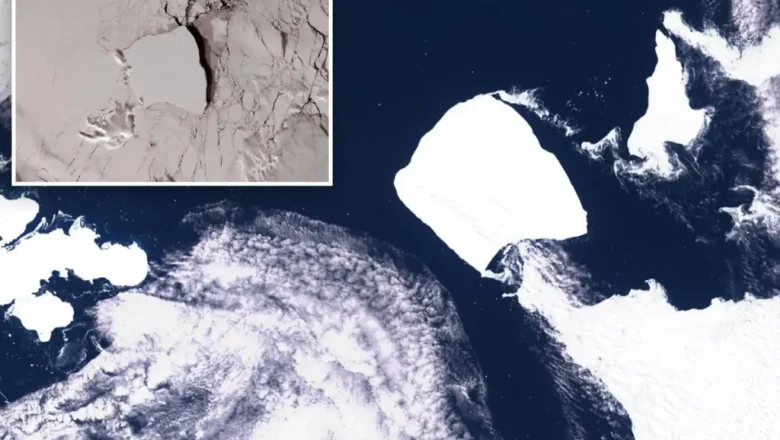
The Sea That Vanished: The Tragic Fall of the Aral Sea
Once a vast expanse of shimmering blue the Aral Sea was the pride of Central Asia. Straddling Kazakhstan to the north and Uzbekistan to the south, it was the world’s fourth-largest inland water body. It was a lifeline for the region, teeming with fish, bustling ports, and vibrant communities thriving along its shores.
But the mid-20th century marked the beginning of its decline. As part of Soviet-era irrigation projects, the waters of the Syr Darya and Amu Darya rivers once the Aral’s lifeblood were diverted to grow cotton and other crops. The Aral began to shrink rapidly, leaving behind parched landscapes and ghostly shipwrecks marooned in desert sands. By the early 21st century, it was a shadow of its former self, its once-abundant ecosystem shattered and its communities struggling to...







